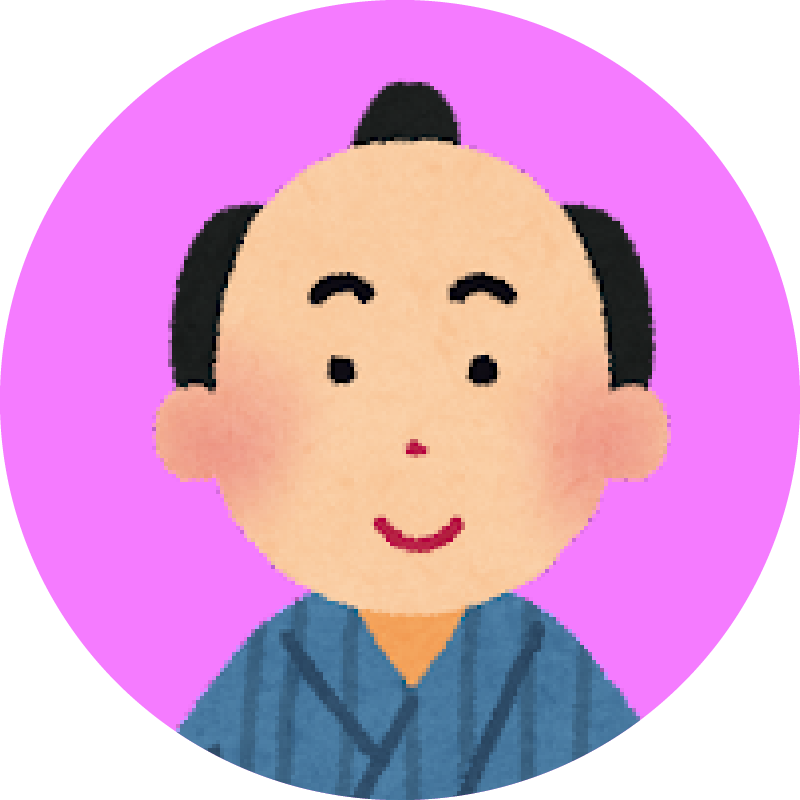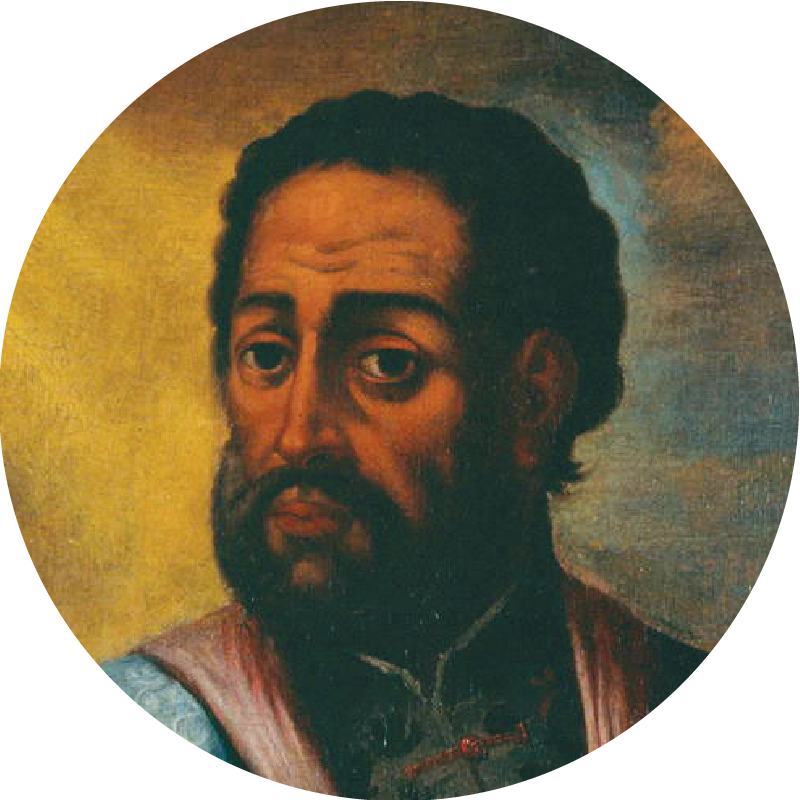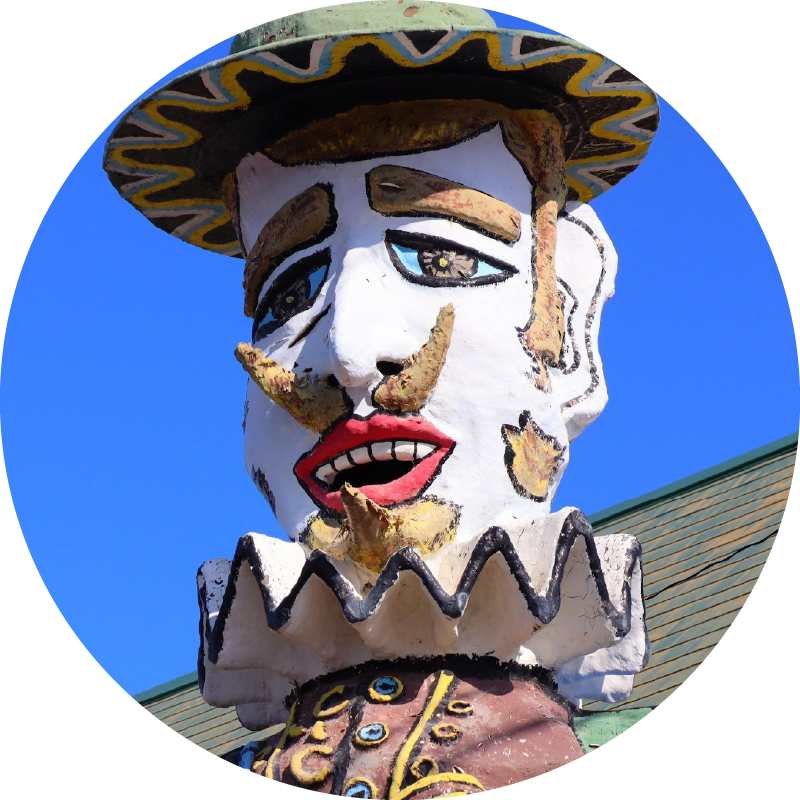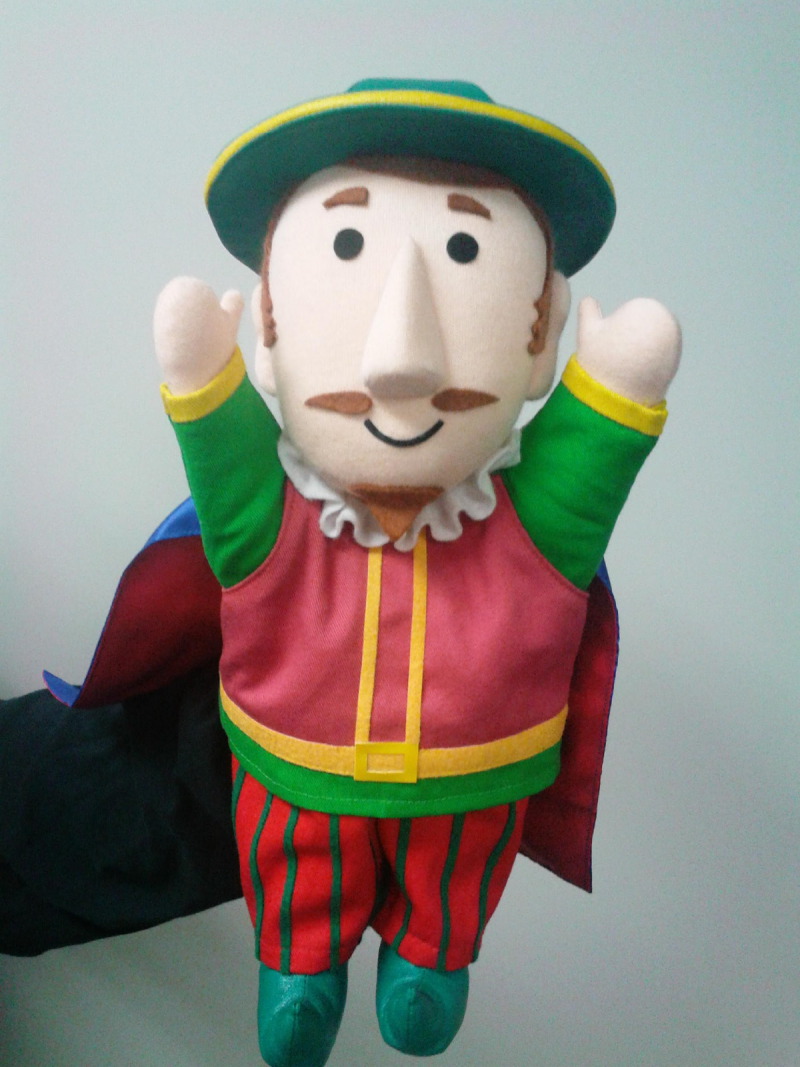
Let's Go ”Derori-an”Back to the Tensho era


1. Here we are in the bustling international township of Arima in the year 1582.
But is it really Arima? It seems more like a city than I expected. There are so many people here, foreigners among them.

There's a really tall foreign person over there. Maybe I'll just ask someone who he is.

Man
Who are you ?
I'm just visiting.
Tell me, who is that foreign person over there?

Me

Man
Hey Captain Veiga.
What do you think of Arima?

Veiga
Hi, my name's Veiga.
I like it here. The food is really good.

Man
Veiga is a ship's captain from Portugal.
All the kids here love him.
Lord Arima is Christian, so he's happy to let foreign ships come here to trade. He's even set up a seminary school.
He lives in the spectacular Hinoe Castle.
It's thanks to him that Arima is such a great place.

This is a picture from Festivitas Natalis, a recreation of the Christmas festivals that used to be held in Arima long ago. Japan's first Jesuit high school, called the Arima Seminary, was opened in Kita-arimacho about 450 years ago. It taught a Christian curriculum as well as European culture.
There are flags on both sides of the road. And is that the sound of an organ playing? Is that a pop star singing a hymn...? Maybe not.
Who are those kids?

Me

Man
They're students from the seminary, a special Christian school. Shall we have a look inside?

Arima was a castle town built adjacent to Hinoe Castle, which was the home of the Christian Lord Arima Harunobu. Lord Arima transformed Arima into a bustling international township by encouraging trade with foreigners, and also with help from the Jesuits. Arima had many churches and monasteries, as well as Japan's first Jesuit theological school, called a seminary. The streets were always full of visiting missionaries and merchants. It was a truly an international city of its day. Today, excavations of the remains of the lavishly decorated Hinoe Castle have unearthed tiles covered in gold leaf. These were only ever used by the most important feudal lord, which tells us that Lord Arima must have been a very powerful figure at the time.

Gold leaf tile unearthed at the Hinoe Castle Site
▼Hinoe Castle site
2. Is this Portugal?
A seminary school for elite students

So this is the seminary! Hello everyone. Let's look at the timetable… They wake up at four o'clock in the morning for prayers, then they have calligraphy, Japanese composition, hymns, musical instruments, Latin composition and finally debating. They study all day long then go to bed at eight o'clock. What a day! Their teachers are from other countries. It looks like they even do debating in Latin!

Vice-provincial
And what have we here?!
Hello, who are you?

Me

Vice-provincial
I'm a vice-provincial of the Society of Jesus, and I'm here on a visit to the seminary. I'm impressed with these students, I must say. They're as good as anyone from Coimbra in Portugal!
Those four students seem to be particularly clever.

Me

Valignano
You are very perceptive!
Hello, what is your name?

Me

Valignano
I'm Alessandro Valignano, and I'm the special supervisor. I'm thinking of taking those four students with me on a tour of Europe, to demonstrate the excellent education and missionary work being done here in Arima.
Really?! You're talking about the Tensho Boys Mission to Europe, right?

Japan's first seminaries—theological schools teaching a Christian curriculum—were opened in 1580 at Arima and Azuchi. They were set up by the Jesuit priest and missionary Alessandro Valignano, who was Visitor to the Province of India. Valignano set up several more seminaries over the following 30 years, while also relocating from Arima to Hachirao and then Arie. Students were taught a range of Western Renaissance disciplines including geography, astrology, Latin, religion, aesthetics and music. He also set up collegio—dedicated higher education schools for the clergy—at Kazusa and Arie in Minami-shimabara.
▼Arima Seminary site
3. The amazing story of the Tensho Boys Mission to Europe

The Tensho Boys Mission arrived in Rome in 1585.
The four students from the seminary were welcomed with thunderous applause, like the pop stars of the day. Let's talk with some people.

Me
Excuse me, what's this parade for?
It's to welcome the new pope. The students from Japan really stand out, don't they? I heard they met the Holy Father himself at St Peter's Basilica in Rome.

Observer

Official portraits of the Tensho Boys Mission to Europe
(Kyoto University Main Library Collection)
The four boys were called Mancio Ito, Miguel Chijiwa, Martinho Hara and Julião Nakaura. It seems that the excellent education and etiquette standards they were taught by the missionaries in the distant Far East caused quite a stir when they arrived in the West. And yet they were only 13 or 14 years old! They would have been incredibly nervous meeting the pope in Rome, not to mention tired after their long and dangerous journey by ship. The pressure on those young men must have been enormous.

Valignano came up with the idea to send a Japanese mission to Europe. He had two objectives: to get an audience with the pope and the kings of Spain and Portugal in order to seek their assistance for missionary work abroad, and to impress upon the four young men the wonders of the Christian faith in Europe as a way to promote Christianity back in Japan. They left Nagasaki in 1582 and spent eight and a half years touring Europe, where they were warmly welcomed. Although the trip was a great success, when they got back to Japan they were devastated to find that Christianity had been outlawed in their homeland. The letterpress printing machine that they brought back to the Collegio in Kazusa was used to produce Japan's first letterpress materials.

Nanban-byobu (folding screen depicting the visit of the Europeans) Source: ColBase
4. Another encounter with Captain Veiga
That's Captain Veiga who we met earlier, isn't it?

Me


……
Wait… is that a huge doll?

Me

Tour guide
Welcome back!
Oh, I must be back already.

Me

Tour guide
That's right, now we're in modern-day Kuchinotsu, where Captain Veiga is still a popular figure. This enormous Captain Veiga doll at the port of Kuchinotsu is the tallest moving doll in Japan. Today, Captain Veiga is busy helping to promote the city of Minami-shimabara.

Captain Veiga is 3 m 58 cm tall.
Checking his height is quite a job!

Puppet Veiga
Hi there! I'm Captain Veiga.

Aren't you a bit small?

Me

Puppet Veiga
That's because I'm a puppet version of Captain Veiga. That enormous 3.58 meter doll is no good in the wind and needs people to move it. It only works for 15 minutes at a time, and there are so many places that it can't go. In addition to its general size, we wanted a more lively and energetic Captain Veiga... so here I am!
I see.

Me

In 1567, a convoy of three Portuguese ships led by Captain Tristão Vaz da Veiga arrived at the port of Kuchinotsu. They were followed by Valignano in 1579.
A total of seven ships came to Kuchinotsu between 1567 and 1582. For the local Japanese, it was the first time they had ever seen Westerners. No doubt they were amazed at the different physique of the foreigners. Today, an oversize statue of Captain Veiga at the Kuchinotsu ferry terminal reminds us of how the local people would have felt.
▼Captain Veiga statue


Modern-day Minami-shimabara is a peaceful town in a beautiful natural setting. But in the 16th century, it was a bustling international city that attracted the best and brightest people of the time. It is also where the young men of the Tensho Boys Emission to Europe completed their studies and then departed on their epic journey. When we think of this, we can see Minami Shimabara in a different light.
To learn more about this fascinating historical tale, come visit the Arima Christian Heritage Center.

▼Arima Christian Heritage Museum
Portrait of Alessandro Valignano Source:
Portrait of Alessandro Valignano – Photo courtesy of Stadt Museum Ingolstadt, Germany]

Tour guide
This is the Derori-an, which sounds like the DeLorean, a special time machine that transports us back to the township of Minami-shimabara as it was during the Tensho era. The app is available for anyone to download and enjoy. There is nothing to be frightened of, so welcome aboard! Here we go, back to the Tensho era!